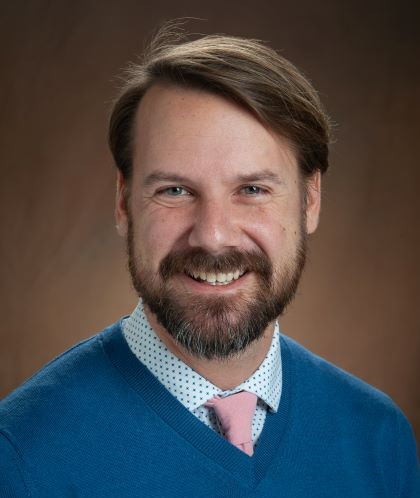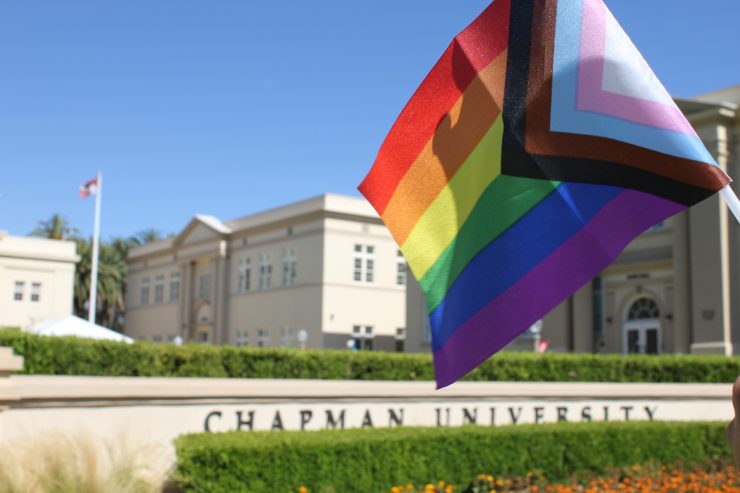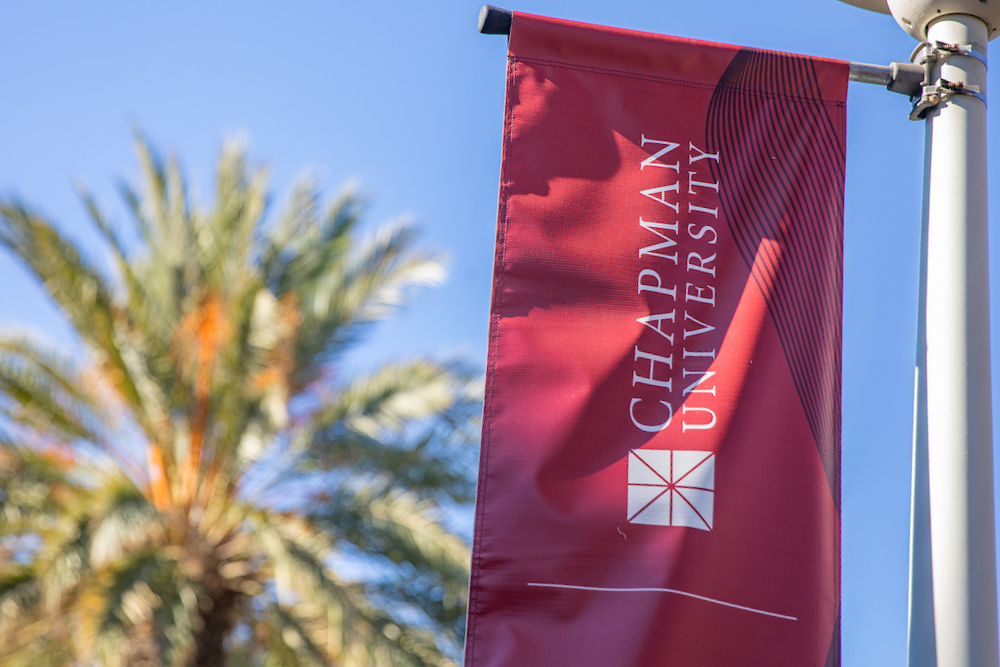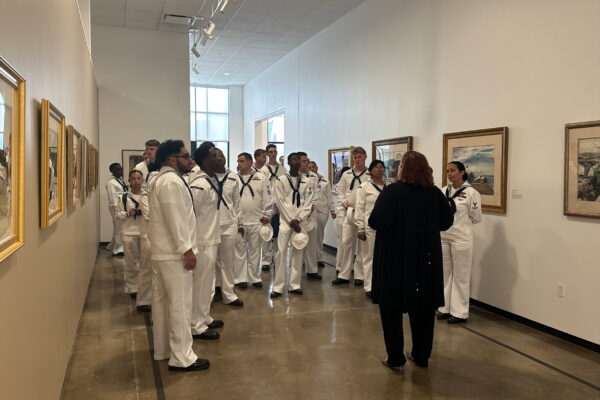Throughout the month of June, LGBTQ+ Pride is commemorated in a myriad of ways. Most notable are the well-attended festivals and marches that draw together members of the LGBTQ+ community and their allies in celebration. People come to these celebrations “loud and proud,” often wearing colorful, self-expressive clothing and waving flags while reveling in the power and freedom of authenticity.

Such demonstrations of Pride draw from the community’s history and its struggle for acceptance. Pride also resounds for many in our Panther family who are members and allies of the LGBTQ+ community and is reflected in our commitment to being an inclusive and thriving campus.
Pride in our history
Fear, violence, and criminalization had long been the response to the presence of LGBTQ+ people in our country. In the 1950s and ’60s, there was growing unrest as police raids on LGBTQ+ gathering places increased. This was especially the case in places where people who are trans, drag queens and queer people of color gathered. In response to arrests and violent treatment, riots and other acts of resistance were happening across the country.
In 1967, a bar called the Black Cat Tavern in the Los Angeles neighborhood of Silver Lake was violently raided and arrests were made during a LGBTQ+ New Year’s Eve event. In response, a protest in support of the community was organized. The term P.R.I.D.E. was first used at this time as an acronym for an organization created by Steve Ginsberg. Personal Rights in Defense and Education (P.R.I.D.E.) provided information supporting the safety of individuals by publishing legal and community information.
A few years after the events at the Black Cat, on June 28, 1969 a New York City bar called the Stonewall Inn was similarly raided. Infuriated by the constancy of such invasions into queer spaces, a protest broke out on the streets in front of the bar. The events at Stonewall marked a significant turning point in the LGBTQ+ liberation movement. Most notably, this important historic protest was led by two valiant, queer people of color: Sylvia Rivera, a trangender activist, and Marsha P. Johnson, an activist drag queen.
The first Pride march was held in New York City a year after the events at Stonewall, organized by bisexual and polyamorous activist Brenda Howard. She called for the community to march proudly, giving her the name “Mother of Pride.” Commemorations of this protest and the will of the LGBTQ+ community to seek freedom and equality in the United States continues to be celebrated in Pride marches today.
Misty Levingston, Chapman’s director of black excellence and achievement, states: “Having pride in one’s identity is imperative for people to thrive.” Accordingly, June was nationally recognized as Pride month in 1999 by President Bill Clinton.
Pride today
Pride month is an opportunity to recognize and celebrate the goodness of the LGBTQ+ community. Since much of our society has been built on heterosexual and gender-normative standards, LGBTQ+ accomplishments and existence can be relegated to the margins. Even the choice to come out and express one’s identity as a part of the LGBTQ+ community is a heroic journey worthy of celebration. We celebrate not only larger historical victories but also every unique personal LGBTQ+ story.
Recently, the Human Rights Campaign declared a national state of emergency for LGBTQ+ people as there has been a significant increase in legislation being proposed and passed that is aimed at limiting the rights of those in the community. This is particularly true of people who are trans and those who engage in drag. In such a time, our celebration of Pride and recollection of the struggles that LGBTQ+ communities have undertaken is all the more paramount.
Pride at Chapman
In this Pride month, Chapman University launched the role of director of LGBTQ pride and achievement as part of the university’s effort and commitment to diversity, equity and inclusion. In establishing this position, Reg Chhen Stewart, vice president of diversity, equity and inclusion, noted that he “wanted the university to not only be inclusive, but be proud of the community that we have here, recognizing the tremendous value that LGBTQ voices have in making this a world class university.”
Pride at Chapman means honoring and lifting up the gifts that the LGBTQ+ community brings to the table. Valentyna Simon, a Chapman senior, says, “Having a position on campus allows us to live out loud in rainbow color and not worry about whether someone is going to try to dim our sparkle.”
“As a strong advocate and ally to the LGBTQ+ community, I believe that having a full-time director of pride and achievement shows that the institution is dedicated to supporting the community,” says Misty Levingston.
She reflected on her excitement to work closely to create “intersectional programs that not only celebrate identities but educate about the historical contexts that impact the present.”
The commitment to Pride is a commitment to enriching the entire campus community.
“Without pride on campus we would see a decrease in LGBTQ+ students who feel supported by the institution,” Valentyna says.
More than a party, Pride is a declaration of goodness, commitment and hope for a richer and more inclusive campus – and world.



